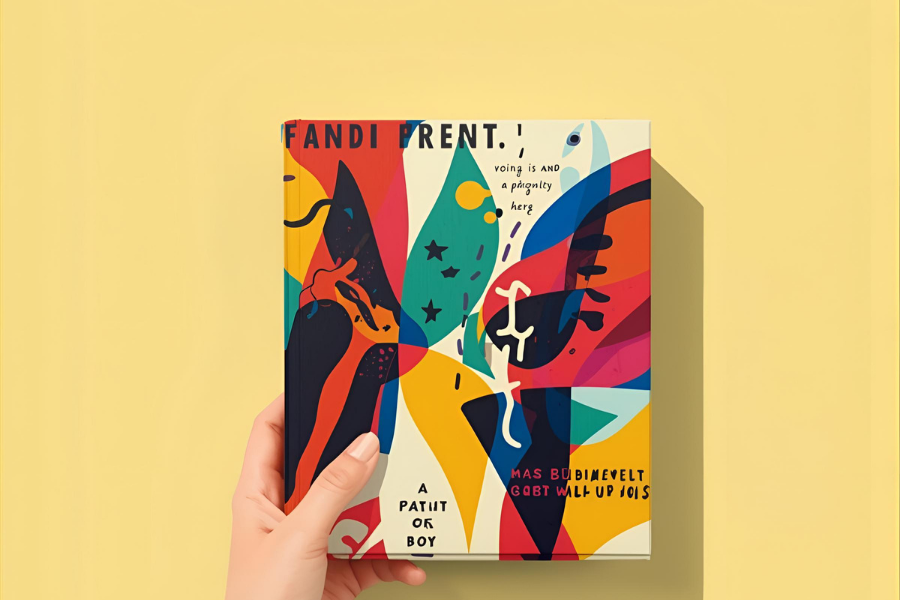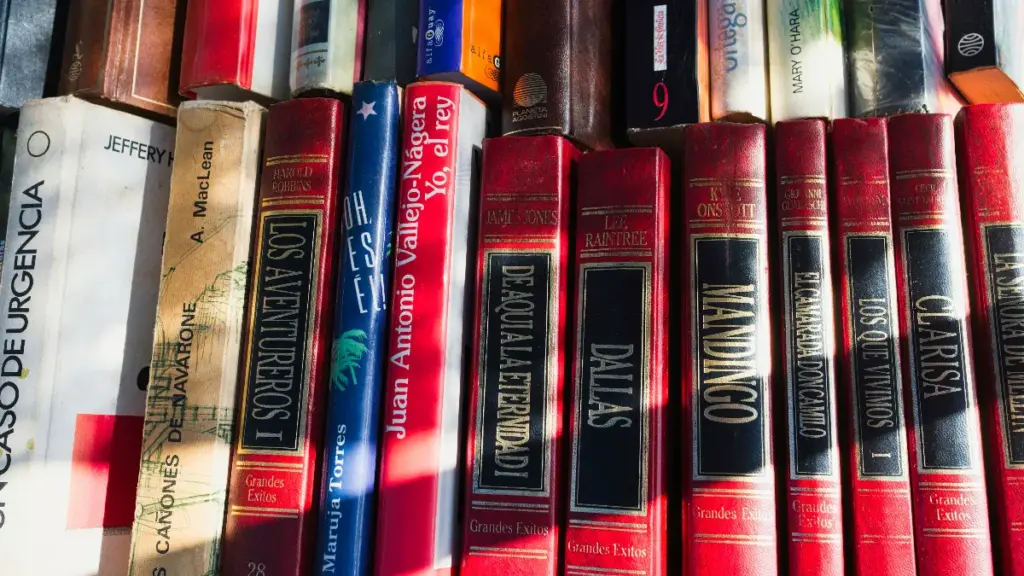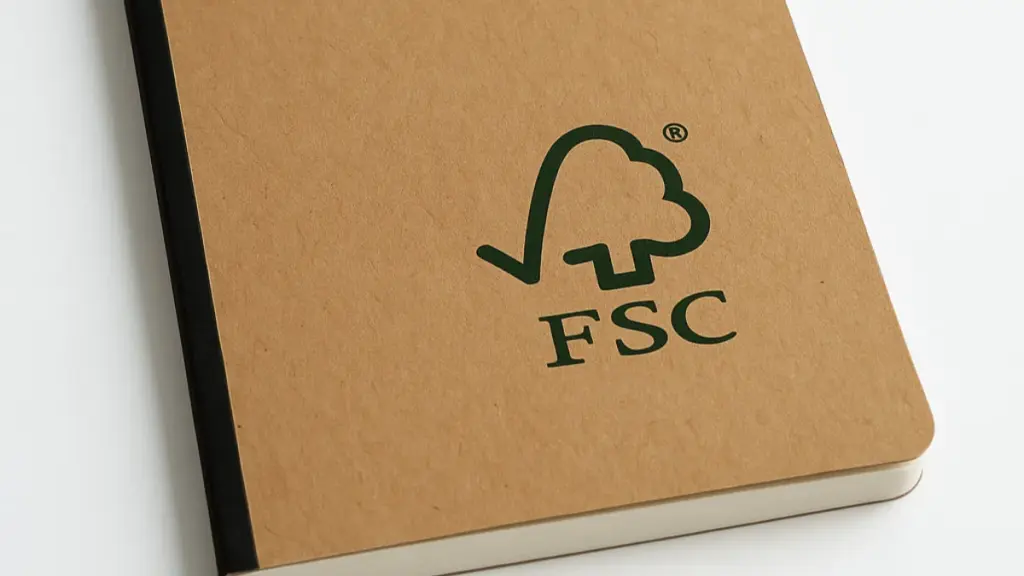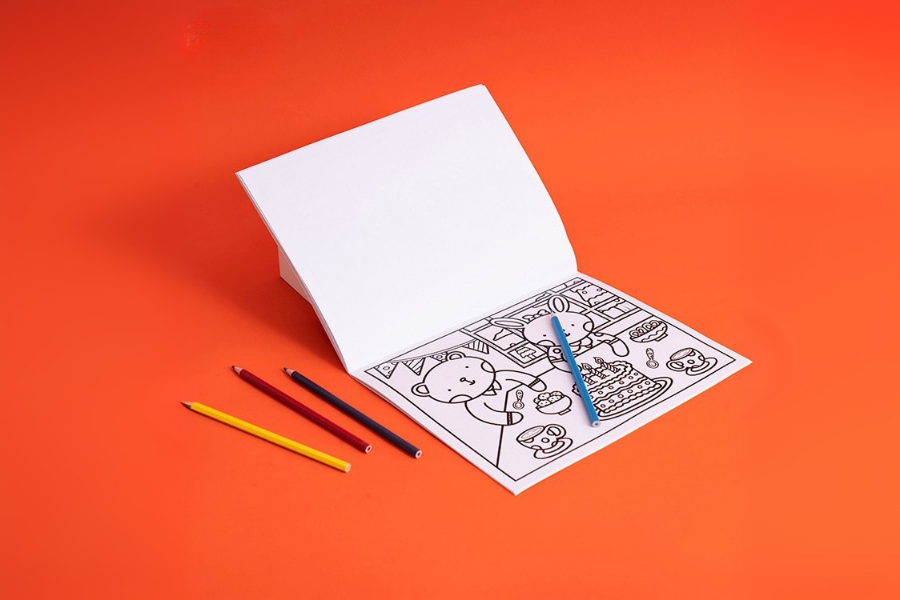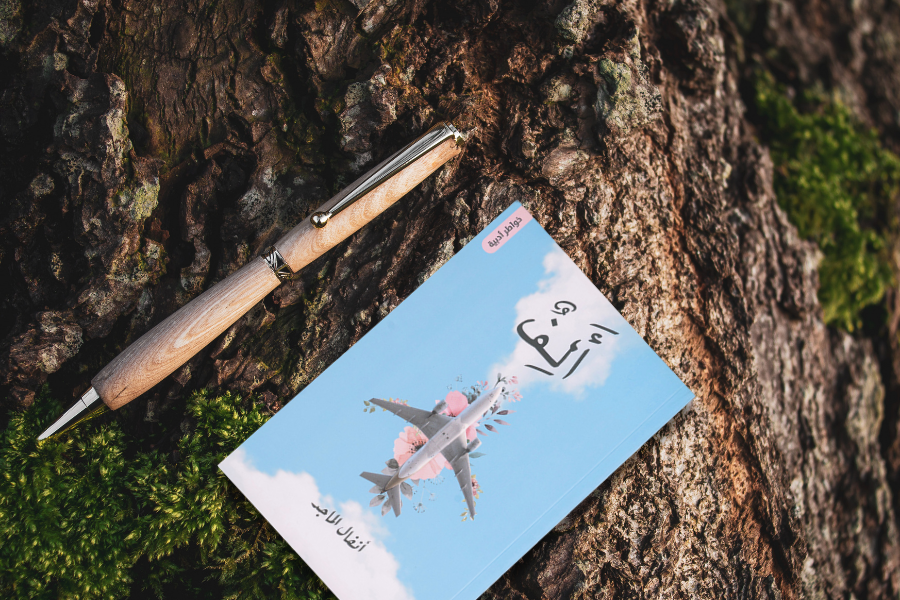In early education, board books have become a trusted tool among parents for nurturing language development and sparking a love for reading during a child’s formative years. Kindergarten education emphasizes teaching in accordance with each child’s unique pace and personality. When learning materials are tailored to a child’s interests and abilities, it becomes much easier to foster confidence, curiosity, and positive character traits—and cardboard books often play this role beautifully.
But let’s be honest—when a tiny human’s main hobbies are chewing, tearing, and crying, can board books survive the battle?
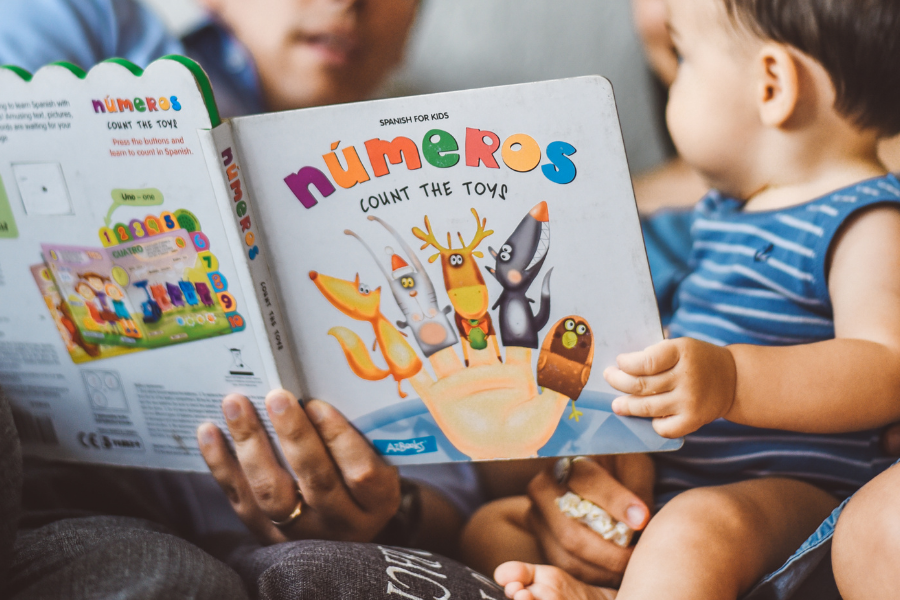
1. What is a board book?
Board books are usually made of thick gray board paper or white board paper. They are the first choice for children’s enlightenment with bright colors and interesting pictures. Generally, board books have the following characteristics:
1. Board books have obvious thickness and hardness, as well as protective rounded corners. A board book is a specially designed type of children’s book made for the tiniest hands and curious minds. Unlike regular paper books, board books feature thick, durable pages with a firm structure and rounded corners for extra safety—perfect for little readers who are still exploring the world by grabbing, tossing, or even chewing.
2. Board books usually have about 10-20 pages (5-10 pieces of cardboard), which is in line with the attention span of young children. The content focuses on bold, colorful illustrations with minimal text, making it easier for children to connect words with visual cues and storytelling.
3. The content of board books is mainly pictures and a small amount of text. Board books are more than just “mini books” for kids—they are tools for early language development, sensory exploration, and parent-child bonding. With themes ranging from simple objects and animals to bedtime routines and first words, these books are designed to make learning feel like play. Their durability means they can withstand countless story sessions, accidental spills, and the occasional enthusiastic bite!
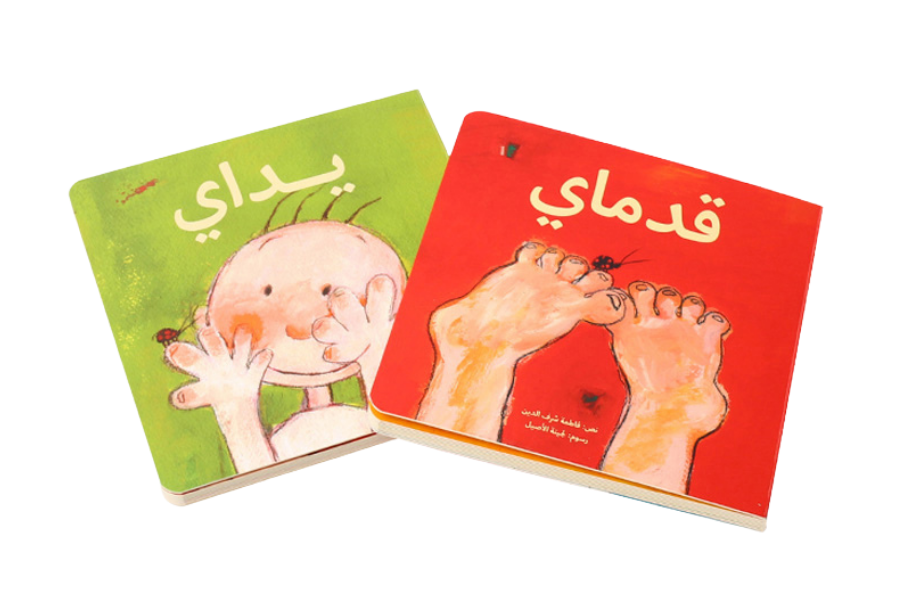
2. How to turn your idea into a board book?
- Start with a Theme
Think about the message or concept you want children to learn from your board book. Do you want to introduce colors, shapes, or perhaps a simple story about friendship? Write down your ideas in short sentences or even single words. Place 1–2 short phrases on each page—this will give you a rough idea of how many pages your book might need. - Bring Your Ideas to Life with Illustrations
Turn your concepts into fun, engaging visuals. You can design your own illustrations using DIY tools such as Canva, Procreate, or Adobe Illustrator. If drawing isn’t your strong suit, consider working with a professional illustrator who can create artwork tailored to your vision.
Another popular option is using personal photos. Whether taken with a smartphone, digital camera, or scanned from prints, photos can add a personal touch to your board book. For 3D or craft projects, high-quality photos are an excellent choice. When your layout is complete, export your project as a CMYK, 300 DPI PDF with bleed and crop marks. All images should be embedded, and text should be outlined to avoid font issues. Once your content and images are finalized, you’re halfway to creating your masterpiece. - Plan the Printing
Next, plan the physical aspects of your book. Choose a standard size such as 6″ x 6″, 7″ x 7″, or 8″ x 8″, depending on the style you want. Set up your page size (e.g., 6″x6″), add bleed margins (usually 3mm), and keep important content within a safe zone away from the edges.Then decide on paper quality and finishes based on your budget and desired durability. Collaborate with a reliable printing partner to finalize details like binding and coating. Once everything is set, your board book will soon be in your hands—ready to inspire little readers.
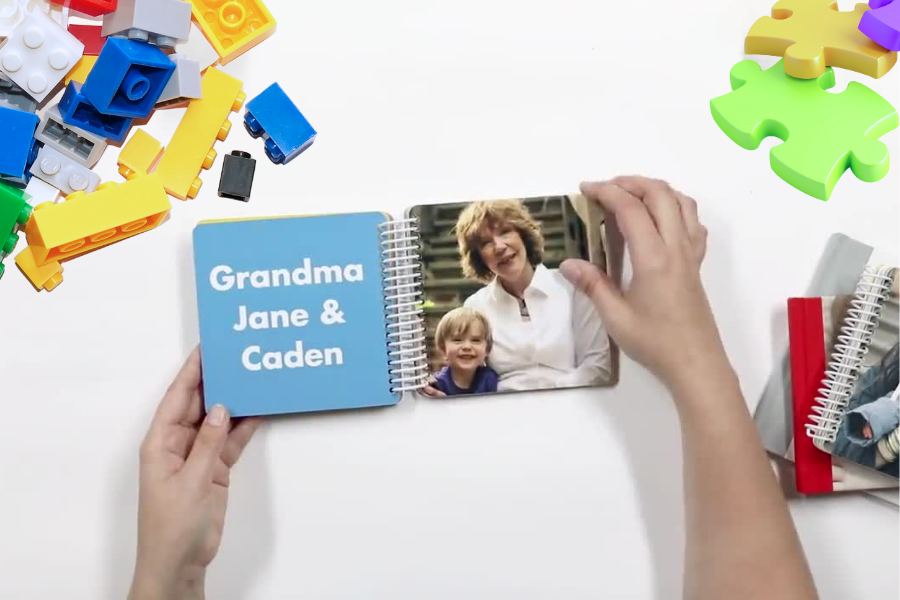
3. Are Board Books Really Safe for Children?
Board books are designed with safety in mind. The thick board pages and rounded corners reduce the risk of paper cuts or accidental injuries. Unlike traditional books with thin, sharp-edged paper, board books are sturdy enough to withstand bending, chewing, and even the occasional throw across the room.
However, no book is 100% indestructible—especially when a determined toddler decides it’s snack time. While the materials used are generally non-toxic and safe for children, parents should still supervise very young readers, particularly those who are still in the “everything goes in the mouth” phase. Think of board books as baby-friendly, but not baby-proof—they’re tough, but they’re not teething toys!
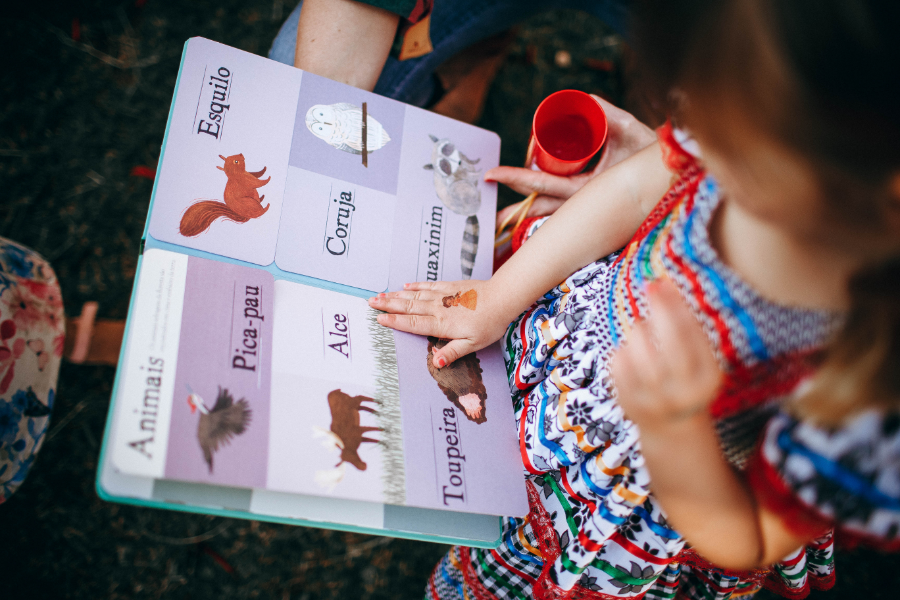
4. Board Book vs. Hardcover Book: What’s the Difference?
While both board books and hardcover books are designed to be durable, they serve different purposes and age groups. Board books are built for babies and toddlers who are still developing their motor skills. With thick, chew-resistant pages and rounded corners, they are perfect for little hands that love to grab, flip, or explore books with all five senses. Their simple content, vibrant illustrations, and smaller page counts make them ideal for early language development and picture recognition.
On the other hand, hardcover books are intended for older children and adults. Although they feature sturdy covers, their inner pages are made of regular paper, making them less tolerant of rough handling. Hardcover books are better suited for longer stories, detailed illustrations, or collections that require a premium, “keepsake” feel.
In short, board books are like the training wheels of the reading world, while hardcover books are the next step—perfect for when a child can handle books with care and is ready for longer storytelling sessions.
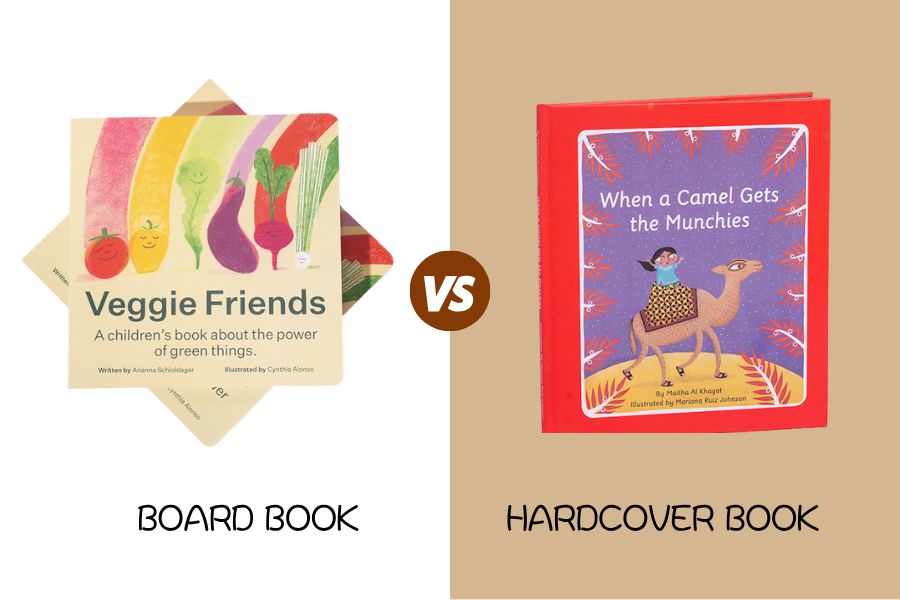
Board books are more than just children’s books—they are the first bridge between a child and the joy of reading. Their sturdy design, simple content, and playful illustrations make them the perfect companions for early learning, while their safety and durability give parents peace of mind. As children grow, transitioning to hardcover or paperback books becomes a natural next step, but those first board books will always hold a special place as treasured memories of early childhood.
So, whether you’re creating your own custom board book or picking out a classic favorite, remember that the real magic isn’t in the cardboard or ink—it’s in the smiles, giggles, and curious eyes that come alive with every page turned.











